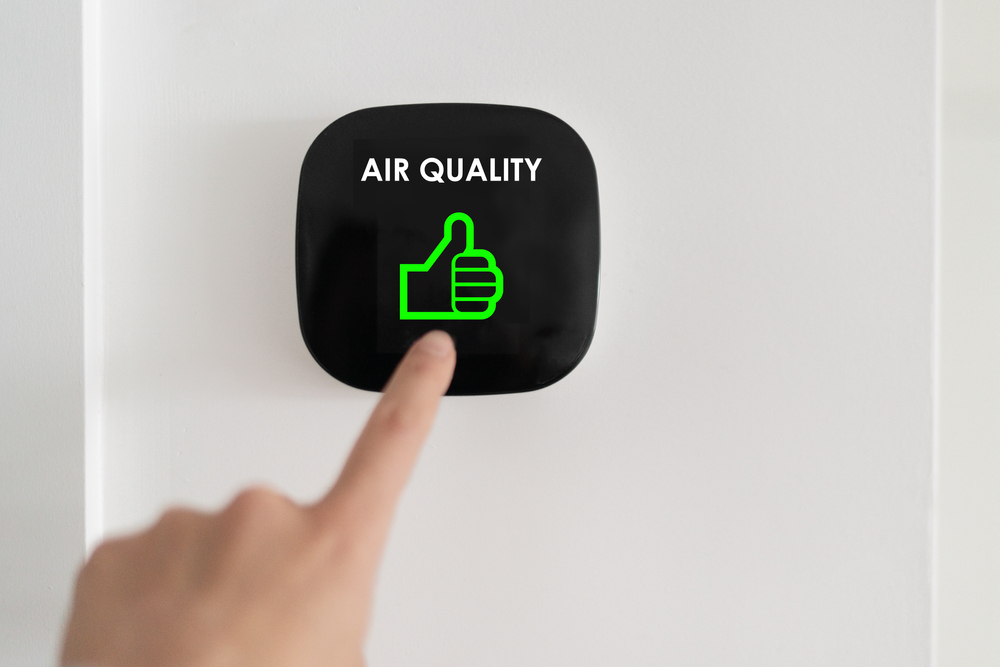Existing building standards do not include ventilation and filtration targets strong enough to protect against respiratory disease infections like COVID-19, according to a new report from the Lancet COVID-19 Commission’s Task Force on Safe Work, Safe School, and Safe Travel. The group, which includes a former head of the Occupational Safety and Health Administration (OSHA), recommended adopting new noninfectious air delivery rate (NADR) targets that would both improve health and help protect against infectious diseases.
Existing indoor air standards like those developed by the American Society of Heating, Refrigerating, and Air-Conditioning Engineers (ASHRAE) contain “bare minimum” targets for ventilation and air filtration, according to the task force’s report. Ventilation and filtration guidelines emphasize minimizing occupants’ exposure to indoor air pollutants like particulate matter and volatile organic compounds (VOCs).
Other than in healthcare settings, commercial building guidelines are not designed to control the transmission of infectious diseases.
The Task Force on Safe School, Safe Work, and Safe Travel examined a variety of indoor air quality targets and metrics for measuring indoor air quality—air changes per hour, volumetric flow rate per floor, and volumetric flow rate per person.
The group did not select a single target or metric for indoor air quality but did conclude current standards are too low.
The task force proposed a set of good, better, and best NADR targets for reducing exposure to airborne respiratory diseases: 4 equivalent air changes per hour (ACHe), 6 ACHe, and >6 ACHe. The task force’s table of recommendations includes comparable per-floor and per-person airflow volume rates.
The task force also examined various methods of mitigating infectious disease risks—ventilation with outdoor air, air filtration, and air disinfection using germicidal ultraviolet energy—but made no specific heating, ventilation, and air conditioning (HVAC) equipment recommendations.
Moreover, the task force said that in addition to a reduction in respiratory infection risks, the other benefits of its NADR targets would include better cognitive function; reduced risk of allergic manifestations and the number of unscheduled hospital visits among children with asthma; and improvements in subclinical cardiopulmonary health, the prevalence of sick building syndrome (SBS) symptoms, and asthma control and quality-of-life scores.
The Lancet COVID-19 Commission of experts was convened by the medical journal The Lancet, and its academic partners looked for lessons that could be learned from the COVID-19 pandemic to both control the ongoing COVID-19 pandemic and prepare for possible future pandemics.
The work, school, and travel task force is chaired by Joseph G. Allen, author of Healthy Buildings: How Indoor Spaces Can Make You Sick—or Keep You Well, of Harvard University’s T.H. Chan School of Public Health. Task force members include David Michaels, former assistant secretary of labor for occupational safety and health, and environmental engineering professors Linsey Marr of Virginia Tech and Shelly Miller of the University of Colorado at Boulder.
The full commission also released a final report in which it called the COVID-19 pandemic response a “massive global failure” that involved “too many people—often influenced by misinformation—[who] have disrespected and protested against basic public health precautions. …”

